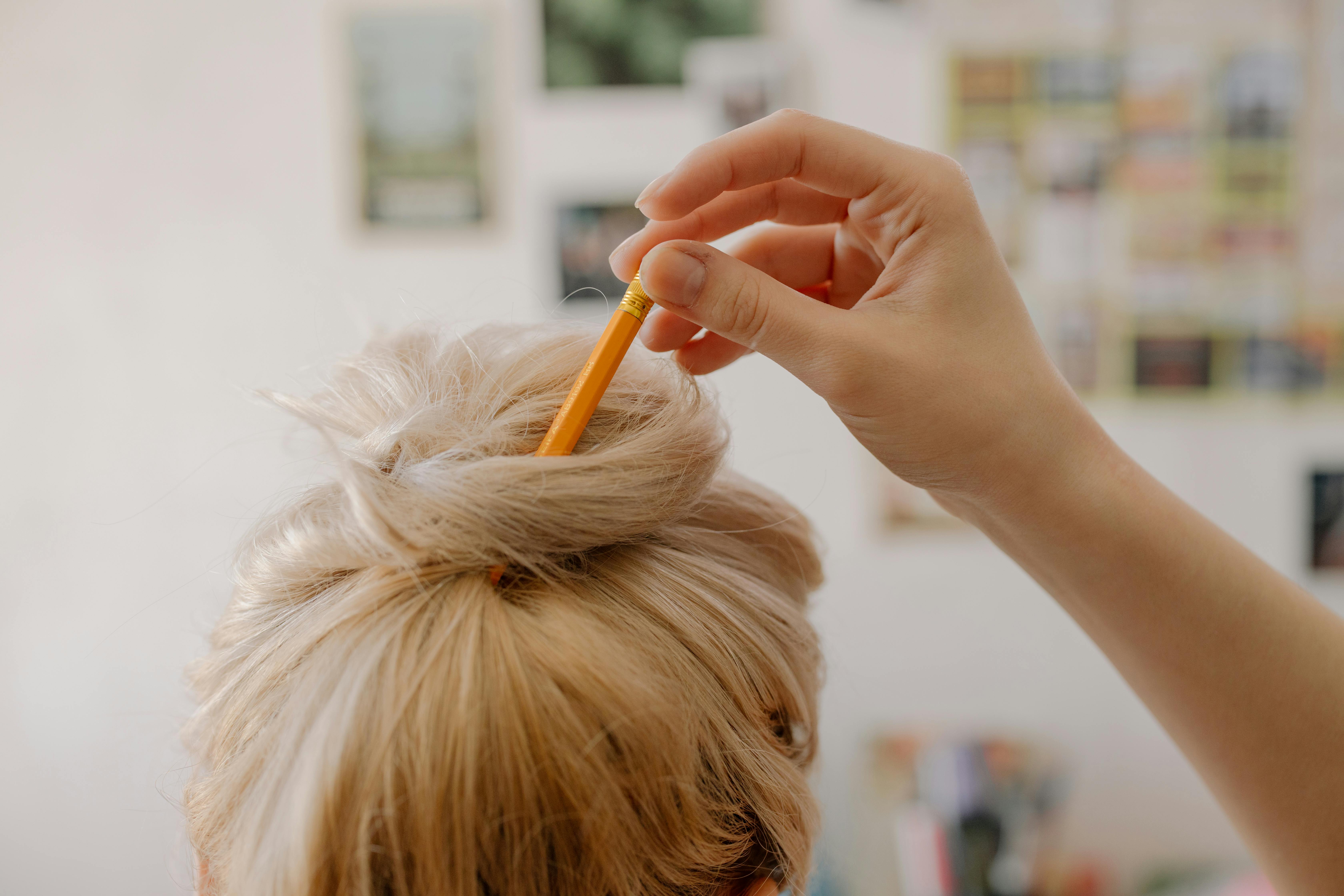
How to Properly Sew a Button: Effective Techniques for Beginners in 2025
Sewing buttons is an essential skill that can come in handy for various clothing repairs and crafting projects. Whether you're fixing a loose button on your shirt, attaching a button on jeans, or creating beautiful button crafts, knowing how to sew a button properly can save you time and money. This article provides detailed instructions on effective sewing techniques for buttons, suitable for beginners looking to enhance their sewing skills.
In today’s guide, you'll learn about different methods for attaching a button, including hand and machine sewing techniques, essential sewing tools, and common mistakes to avoid. Additionally, we'll explore the best practices for selecting buttons, maintaining them, and even some fun DIY projects involving buttons. By the end of this article, you should feel confident in your ability to tackle any button-related sewing task!
Key Takeaways:
- Essential techniques for sewing buttons by hand and machine.
- Tools and materials needed for effective button sewing.
- Common mistakes and how to avoid them.
- Fun sewing projects to practice your button sewing skills.
Essential Tools for Sewing Buttons
Before diving into the techniques, it's vital to gather the right tools for sewing buttons effectively. Using appropriate materials can make a significant difference, whether you're tackling a simple sewing project or advanced button attachments. Here’s what you need:
Sewing Tools You’ll Need
Your sewing toolbox should always include:
- Needles: A variety of hand sewing needles and a sewing machine needle suitable for your fabric type.
- Thread: Choose high-quality thread that matches your fabric and button color. Polyester thread is often the best option for durability.
- Scissors: A good pair of fabric scissors to cut thread and fabric cleanly.
- Measuring Tape: To correctly place and measure button distances.
- Pin Cushion or Magnet: To hold your needles and pins securely. A magnetic pin holder can make organization easier.
- Fabric Glue or Tape: Although sewing is preferred, fabric glue can be a helpful alternative for quick fixes.
Choosing the Right Button
Buttons come in different sizes, shapes, and materials. When selecting a button, consider:
- Type: Common button types include flat buttons, shank buttons, and snap buttons.
- Size: The button should fit comfortably within the buttonhole, allowing for easy fastening without excessive tightness.
- Material: Consider the type of fabric you’re working with. Heavy fabrics require sturdier buttons.
Button Reinforcements
Using reinforcements, like a bit of fabric or interfacing, can help secure buttons in place, especially for items that will undergo a lot of use, like jeans or jackets. Reinforcements ensure that the button remains attached, prolonging the lifespan of your garment.
With the right tools in hand, you’re ready to start sewing! Now, let's explore the step-by-step methods of sewing buttons.
Hand Sewing Techniques for Buttons
Hand sewing buttons is a useful skill that every beginner should master. This technique is not only simple but also allows for greater control and customization when attaching buttons. Here’s a detailed guide on how to hand sew a button securely.
Preparing the Fabric and Button
Before starting the sewing process, ensure that your fabric is clean and flat. If you are fixing a loose button, remove the old threads to make way for new ones. Align the button in the desired position and mark it with a fabric chalk or pencil to ensure correct placement. This is crucial as incorrect placement can lead to functional and aesthetic issues.
Securing the Button
Begin sewing by passing the needle through the buttonhole and pulling it through the fabric. For buttons with four holes, sew diagonally opposite to ensure even securing. Always maintain a thread tension that is firm yet flexible, allowing the button to move freely without being overly tight. It’s essential to check the button alignment frequently during the process.
Finishing Techniques for Buttons
Once you've secured the button with several stitches, you can create a ‘shank’ by wrapping the thread around the stitches beneath the button several times. This gives some space between the button and fabric, which provides flexibility. Finally, knot the thread securely on the inside of the garment, trim any excess, and inspect your work to ensure the button is firmly attached.

Machine Sewing Techniques for Buttons
Machine sewing buttons is a faster method but requires more knowledge. If you have a sewing machine with a button attachment feature, this process can be quite efficient. Here’s how to do it:
Setting Up Your Sewing Machine
Before you begin, familiarize yourself with your machine’s button-sewing attachment. Adjust your machine settings according to the fabric type and button size. For thicker fabrics, ensure you have a heavy-duty needle and appropriate thread. If your machine has specific settings for sewing buttons, consult the manual for guidance.
Placing the Button in the Machine
Position the fabric under the machine and align the button with the designated foot for button sewing. Ensure the button holes are correctly aligned with the needle. It’s always best to test sew on a scrap piece of fabric to ensure everything is correctly set up before proceeding.
Executing the Button Sew
Start sewing while keeping the fabric taut but not pulling. Allow the machine to sew the button through the buttonholes automatically. When finished, cut the thread, and check the button stability. Machine-sewn buttons can be permanently attached and are ideal for shirts and pants that require durability.

Common Mistakes to Avoid When Sewing Buttons
Even experienced sewers can make mistakes when attaching buttons. Here are some pitfalls to watch out for:
Incorrect Button Placement
Failing to place a button correctly can lead to uneven tension and may make it difficult to use. Always measure twice and mark your placement to avoid mishaps.
Using the Wrong Thread
Using a thread that doesn’t match your fabric can result in a quick wear and tear. Always choose a durable thread that blends well with the material for visibility.
Ignoring Fabric Types
Different fabrics require different sewing techniques. For example, thicker fabrics may require longer stitches to ensure buttons are securely attached. Tailor your sewing method to suit the fabric type you're using.
Fun DIY Button Projects
Beyond basic sewing techniques, buttons can be incorporated into exciting DIY projects. From decorative crafts to practical items, buttons can add personality to any creation:
Crafting Button Art
Creating wall art using buttons is a fun way to showcase creativity. Arrange buttons in patterns or pictures on canvas or paper, then secure them with glue. This project allows for endless possibilities and personalization.
DIY Button Jewelry
Buttons can be transformed into unique jewelry pieces. Whether it’s a bracelet, necklace, or earrings, buttons offer a colorful and personal touch to accessories. Combining various button sizes and colors can create stunning designs.
Button Embellished Clothing
Use buttons to enhance the style of clothing. Sew them onto jackets, shirts, or handbags to add flair. This is a perfect way to upcycle old clothing and make it feel new again!
Q&A: Common Button Sewing Questions
How do I fix a loose button?
To effectively fix a loose button, secure the button in place with new thread using the hand sewing techniques outlined in this guide. Make sure to tighten the thread adequately.
What's the best thread to use for sewing buttons?
Polyester thread is generally the best choice due to its strength and versatility. Select a thread color that closely matches your fabric.
Can I use fabric glue instead of sewing?
While fabric glue can be a quick alternative for temporary fixes, sewing is always recommended for durability, particularly for buttons that see frequent use.
What if my buttonholes are too small?
If buttonholes are too small, you may need to carefully cut the hole slightly larger or use a seam ripper designed for fabric. Always ensure you don’t damage surrounding fabric.
Are some button types better for specific fabrics?
Yes, heavier buttons are typically recommended for thick fabrics like denim or wool, while lighter buttons can be used for cotton and lighter materials.
With a solid understanding of button sewing techniques, tools, and potential pitfalls, you're prepared to take on any button-related task. Remember to practice regularly, and soon you will find button sewing to be an enjoyable and helpful skill!